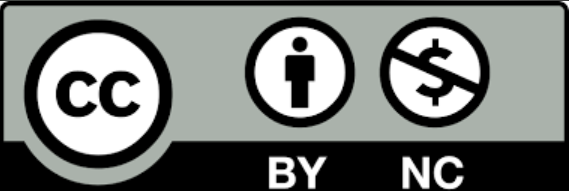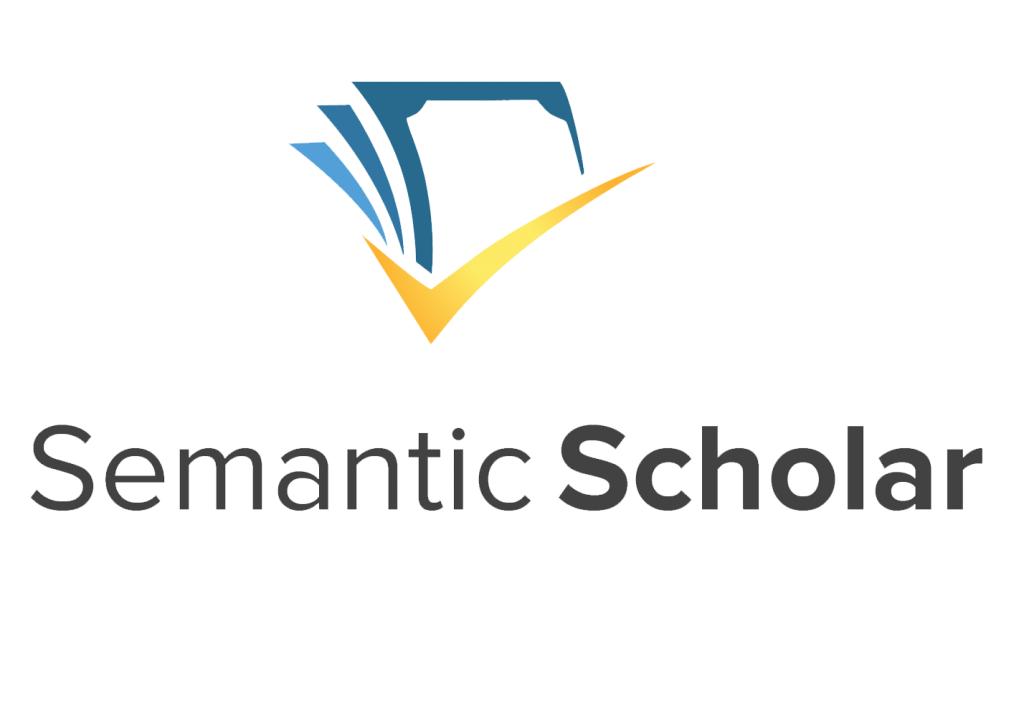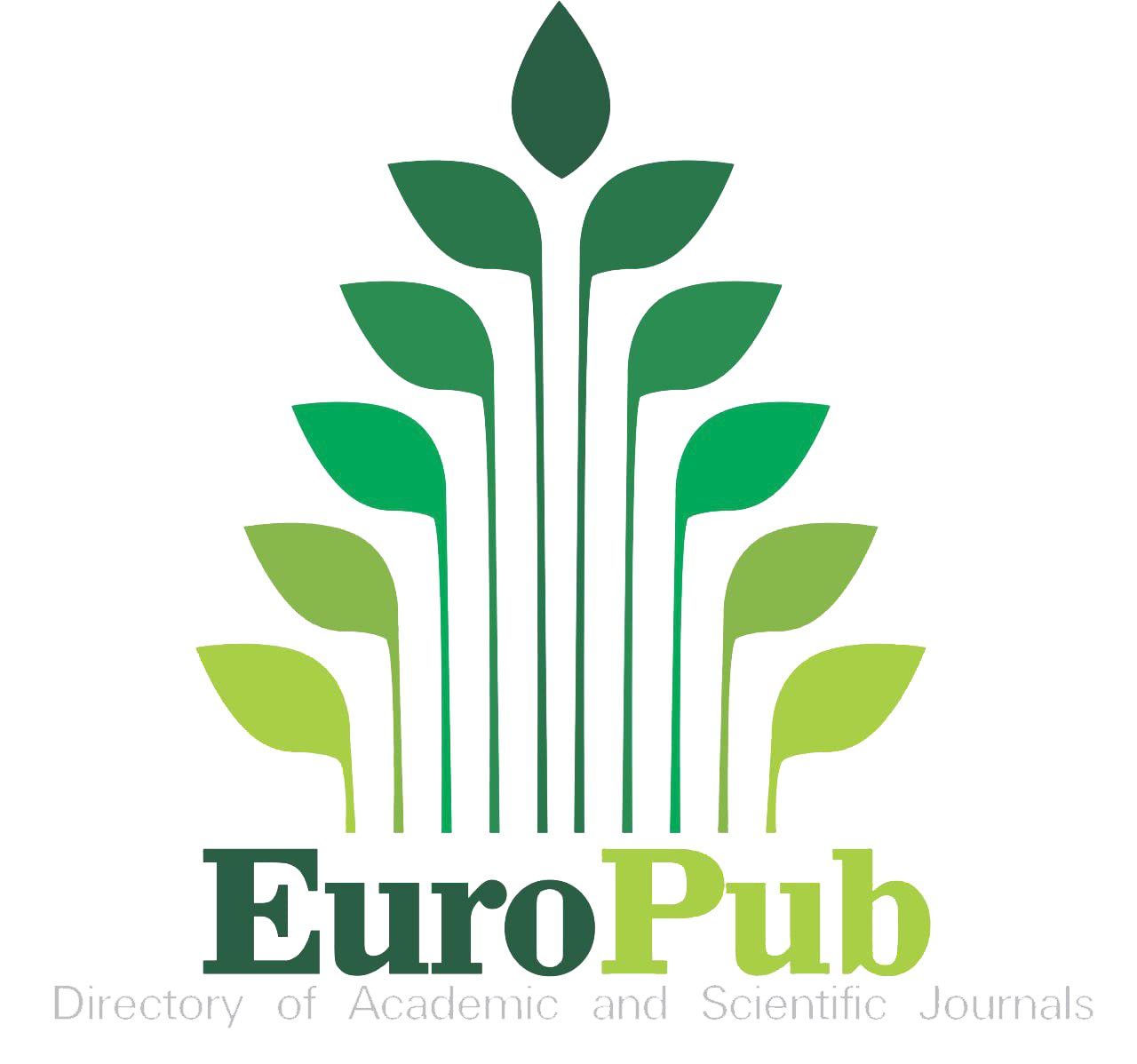Abstract
Background: Venous thromboembolism (VTE), a vascular disorder, is a serious and sometimes fatal problem, ranking as the second-deadliest complication for people with cancer. VTE includes pulmonary embolism, superficial vein thrombosis, deep vein thromboembolism, and internal vein thrombosis. It is important to note that cancer patients have almost nine times higher odds of dying from this illness. Objective: The Najaf Cancer Center conducted a study to evaluate the effectiveness of oncologist strategies in the prevention and treatment of cancer-associated venous thromboembolism (VTE). The primary objective was to measure the adherence of VTE patients to anticoagulant therapy recommended by the NCCN guidelines. Method: Conducting a one-of-a-kind investigation from the period of November 2022 to March 2023, the Middle Euphrates Cancer Center in Najaf Governorate, Iraq, is embarking on an extraordinary endeavor. Split into two distinct phases, an observation phase and an intervention prospective phase with a focus on an educational program, this groundbreaking study will involve a group of 100 patients. These patients, who have undergone treatment in hospitals and outpatient clinics and are over the age of 18, consist of both post-educational and pre-school individuals. Adopting the renowned NCCN guidelines and the Khorana risk score, this study aims to evaluate the risk score of patients with different types of cancer by implementing a well-established questionnaire... Result: After completing the educational program, the prescription of anticoagulants for patients experienced a notable boost, increasing from a mere 6% to 13%. The assessment of adherence to the Cancer-associated VTE prophylaxis or treatment guideline categories revealed an interesting alteration in four of the categories following the program, while the other three categories showed no meaningful change. Nonetheless, when taking into account all seven categories, the overall adherence score saw a substantial improvement from 1.42 points prior to the program to 3.86 points afterwards (P
Recommended Citation
Naeemah, Ghufran Hassoun and Ameen, Ayad Ali Hussein
(2023)
"Assessment of adherence to National Comprehensive Cancer Network guideline recommended anticoagulant therapy in the management of patients with cancer-associated venous thromboembolic disease,"
Maaen Journal for Medical Sciences: Vol. 2
:
Iss.
3
, Article 1.
Available at: https://doi.org/10.55810/2789-9136.1025
References
[1] Cohen AT, Katholing A, Rietbrock S, Bamber L, Martinez C. Epidemiology of first and recurrent venous thromboembolism in patients with active cancer. Thromb Haemostasis 2017;26(1):57e65.
[2] Prandoni P, Lensing AWA, Piccioli A, Bernardi E, Simioni P, Girolami B, et al. Recurrent venous thromboembolism and bleeding complications during anticoagulant treatment in patients with cancer and venous thrombosis. Blood. J Am Soc Hematol 2002;100(10):3484e8.
[3] Abdulla A, Davis WM, Ratnaweera N, Szefer E, Scott BB, Lee AYY. A meta-analysis of case fatality rates of recurrent venous thromboembolism and major bleeding in patients with cancer. Thromb Haemostasis 2020;120(4):702e13.
[4] Mulder FI, Horvath-Puh o E, van Es N, Van Laarhoven HWM, Pedersen L, Moik F, et al. Venous thromboembolism in cancer patients: a population-based cohort study. Blood 2021;137(14):1959e69.
[5] Khorana AA, Dalal M, Lin J, Connolly GC. Incidence and predictors of venous thromboembolism (VTE) among ambulatory high-risk cancer patients undergoing chemotherapy in the United States. Cancer 2013;119(3):648e55.
[6] Khorana AA, Francis CW, Culakova E, Kuderer NM, Lyman GH. Thromboembolism is a leading cause of death in cancer patients receiving outpatient chemotherapy. J Thromb Haemostasis 2007;5(3):632e4.
[7] Chew HK, Wun T, Harvey D, Zhou H, White RH. Incidence of venous thromboembolism and its effect on survival among patients with common cancers. Arch Intern Med 2006;166(4):458e64.
[8] Martino MA, Williamson E, Siegfried S, Cardosi RJ, Cantor AB, Hoffman MS, et al. Diagnosing pulmonary embolism: experience with spiral CT pulmonary angiography in gynecologic oncology. Gynecol Oncol 2005;98(2):289e93.
[9] Khorana AA, Francis CW, Culakova E, Kuderer NM, Lyman GH. Frequency, risk factors, and trends for venous thromboembolism among hospitalized cancer patients. Cancer Interdiscip Int J Am Cancer Soc 2007;110(10e):2339e46
[10] Sørensen HT, Mellemkjær L, Olsen JH, Baron JA. Prognosis of cancers associated with venous thromboembolism. N Engl J Med 2000;343(25):1846e50.
[11] Key NS, Khorana AA, Kuderer NM, Bohlke K, Lee AYY, Arcelus JI, et al. Venous thromboembolism prophylaxis and treatment in patients with cancer: ASCO clinical practice guideline update. J Clin Oncol 2020;38(5):496e520.
[12] Farge D, Bounameaux H, Brenner B, Cajfinger F, Debourdeau P, Khorana AA, et al. International clinical practice guidelines including guidance for direct oral anticoagulants in the treatment and prophylaxis of venous thromboembolism in patients with cancer. Lancet Oncol 2016;17(10):e452e66.
[13] Blom JW, Doggen CJM, Osanto S, Rosendaal FR. Malignancies, prothrombotic mutations, and the risk of venous thrombosis. JAMA 2005;293(6):715e22.
[14] Ohashi Y, Ikeda M, Kunitoh H, Sasako M, Okusaka T, Mukai H, et al. Venous thromboembolism in cancer patients: report of baseline data from the multicentre, prospective Cancer-VTE Registry. Jpn J Clin Oncol 2020;50(11):1246e53.
[15] Rickles FR, Levine MN. Epidemiology of thrombosis in cancer. Acta Haematol 2001;106(1e2):6e12.
[16] Mansfield AS, Tafur AJ, Wang CE, Kourelis TV, Wysokinska EM, Yang P. Predictors of active cancer thromboembolic outcomes: validation of the Khorana score among patients with lung cancer. J Thromb Haemostasis 2016;14(9): 1773e8.
[17] Roopkumar J, Poudel SK, Gervaso L, Reddy CA, Velcheti V, Pennell NA, et al. Risk of thromboembolism in patients with ALK-and EGFR-mutant lung cancer: A cohort study. J Thromb Haemostasis 2021;19(3):822e9.
[18] Petrelli F, Cabiddu M, Borgonovo K, Barni S. Risk of venous and arterial thromboembolic events associated with antiEGFR agents: a meta-analysis of randomized clinical trials. Ann Oncol 2012;23(7):1672e9.
[19] Ibrahimi S, Machiorlatti M, Vesely SK, Malla M, Modhia F, Jones SA, et al. Incidence of vascular thromboembolic events in patients receiving immunotherapy: a single institution experience. Blood 2017;130:4864.
[20] Icht O, Darzi N, Shimony S, Jacobi O, Reinhorn D, Landman Y, et al. Venous thromboembolism incidence and risk assessment in lung cancer patients treated with immune checkpoint inhibitors. J Thromb Haemostasis 2021;19(5):1250e8.
[21] Moik F, Chan W-SE, Wiedemann S, Hoeller C, Tuchmann F, Aretin M-B, et al. Incidence, risk factors, and outcomes of venous and arterial thromboembolism in immune checkpoint inhibitor therapy. Blood 2021;137(12):1669e78.
[22] Khorana AA, Kuderer NM, Culakova E, Lyman GH, Francis CW. Development and validation of a predictive model for chemotherapy-associated thrombosis. Blood. J Am Soc Hematol 2008;111(10):4902e7
[23] Khorana AA, Soff GA, Kakkar AK, Vadhan-Raj S, Riess H, Wun T, et al. Rivaroxaban for thromboprophylaxis in highrisk ambulatory patients with cancer. N Engl J Med 2019; 380(8):720e8.
[24] Carrier M, Abou-Nassar K, Mallick R, Tagalakis V, Shivakumar S, Schattner A, et al. Apixaban to prevent venous thromboembolism in patients with cancer. N Engl J Med 2019;380(8):711e9.
[25] Ay C, Dunkler D, Marosi C, Chiriac A-L, Vormittag R, Simanek R, et al. Prediction of venous thromboembolism in cancer patients. Blood. J Am Soc Hematol 2010;116(24): 5377e82.
[26] Verso M, Agnelli G, Barni S, Gasparini G, LaBianca R. A modified Khorana risk assessment score for venous thromboembolism in cancer patients receiving chemotherapy: the Protecht score. Intern Emerg Med 2012;7: 291e2.
[27] Canonico ME, Santoro C, Avvedimento M, Giugliano G, Mandoli GE, Prastaro M, et al. Venous thromboembolism and cancer: a comprehensive review from pathophysiology to novel treatment. Biomolecules 2022;12(2):259.
[28] Pluchino LA, D'Amico TA. National comprehensive cancer network guidelines: who makes them? What are they? Why are they important? Ann Thorac Surg 2020;110(6):1789e95.
[29] Ekwere TA, Ino-Ekanem BM, Ekanem A. Venous thromboembolism: awareness and practice of thromboprophylaxis among physicians in a tertiary-care hospital. Int J Med Biomed Res 2015;4(1):14e20.
[30] Bao Y, Wan X, Fu J, Wu B. The risk of venous thromboembolism in cancer patients receiving chemotherapy: A meta-analysis with systematic review. Ann Transl Med 2021;9(4).
[31] van Es N, Ventresca M, Di Nisio M, Zhou Q, Noble S, Crowther M, et al. The Khorana score for prediction of venous thromboembolism in cancer patients: an individual patient data meta-analysis. J Thromb Haemostasis 2020;18(8): 1940e51.
32] Mahe I, Scotte F, Rey J-B, Elalamy I, Lamblin A, Mayeur D, et al. Prevention and treatment of cancer-associated thrombosis in France: A national survey among vascular disease and supportive care specialists. JMV-Journal Medecine Vasc 2017;42(5):255e62.
[33] Kaptein FHJ, Guman NAM, van Es N, Kamphuisen PW, Klok FA, Mairuhu ATA, et al. Treatment and prevention of cancer-associated thrombosis in the Netherlands: A national survey. Res Pract Thromb Haemost 2023;7(1):100057.
[34] Farge D, Frere C, Connors JM, Ay C, Khorana AA, Munoz A, et al. International clinical practice guidelines for the treatment and prophylaxis of venous thromboembolism in patients with cancer. Lancet Oncol 2019;20(10):e566e81.
[35] Kandemir EA, Bayraktar-Ekincioglu A, Kilickap S. Assessment of adherence to cancer-associated venous thromboembolism guideline and pharmacist’s impact on anticoagulant therapy. Support Care Cancer 2021;29: 1699e709
















Indexed in: